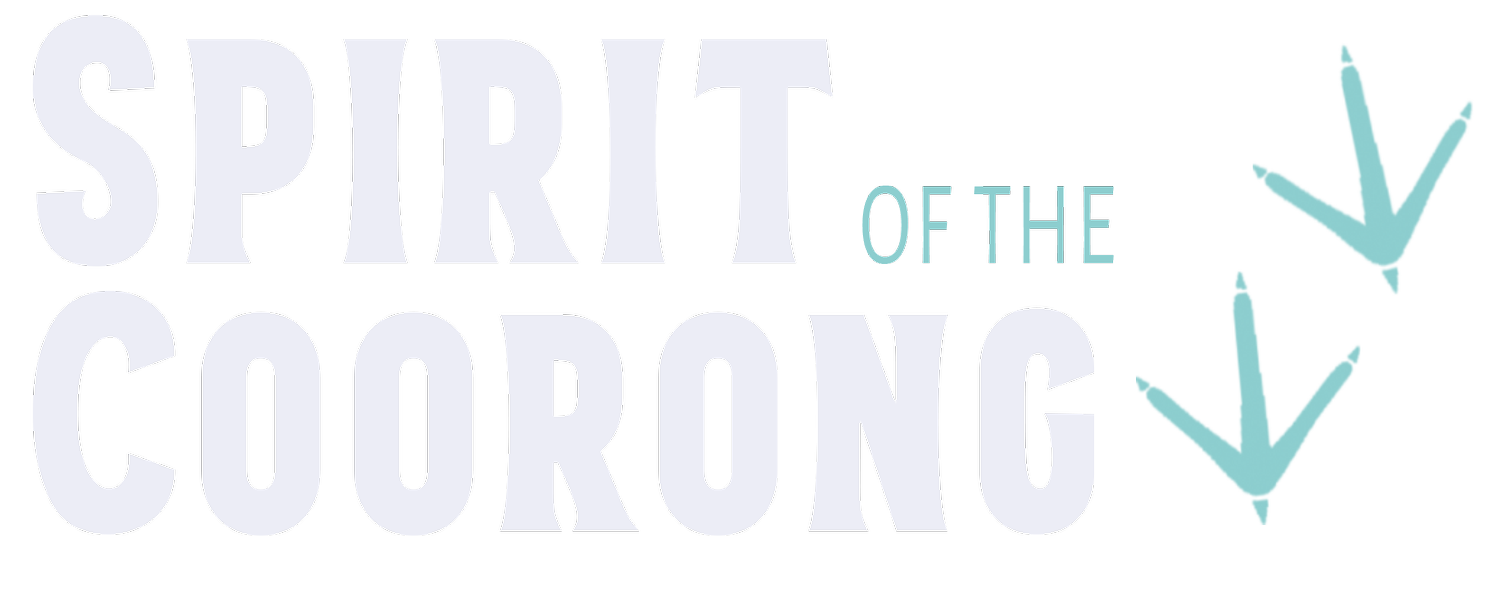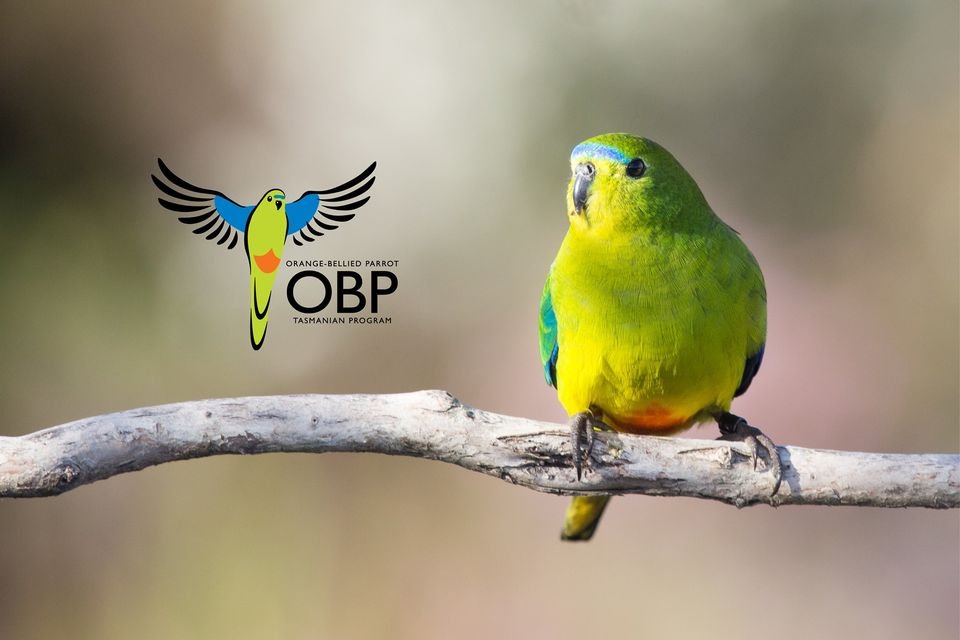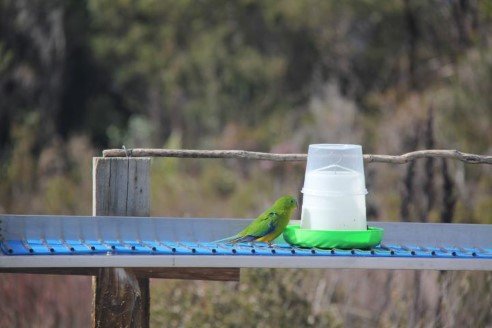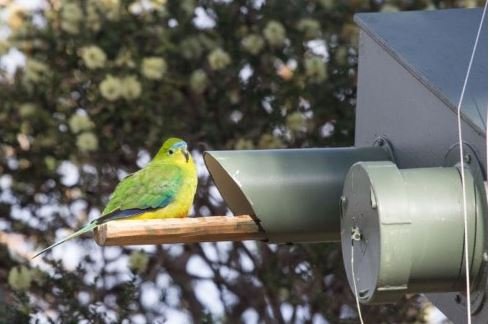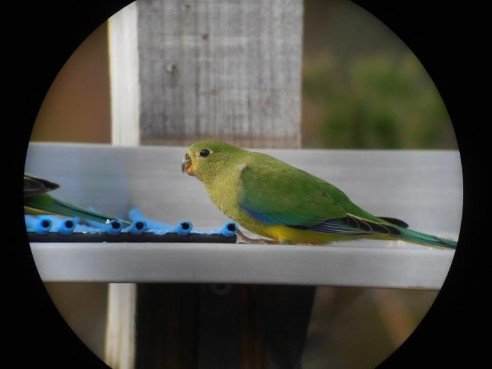Environmental Initiatives
THE COORONG partnership
We are proud to be part of the Coorong Partnership!
The Department of Environment and Water have undertaken a new initiative, ‘Project Coorong’. To further see the success of this program a committee or/ Coorong Partnership has been established and we are proud to be a partner. This partnership aims to ‘provide local communities and groups with an unprecedented opportunity to help shape the work to be undertaken to restore the health, vitality and visitor experience of the Coorong’.
SUSTAINABLE WASTE MANAGEMENT
We practice sustainable waste management and recycling methods on all our tours. Our coffee cups, bin liners and lunch packaging is compostable or recyclable. We then sort the items into the correct bins after each tour, minimizing plastic waste.
Get your own here, Items are all made from plants!
cultural partnerships
Spirit of the Coorong works in partnership with Kool Tours and Mark Koolmatrie: We now have a Indigenous Ngarrindjeri guide that joins us on our ‘Full Day Coroong Experience’ tour providing rich cultural interpretation and performance of a traditional smoking ceremony to welcome us all on to country. Throughout all our tours we give our guests insight into the significance of the Coorong to the Ngarrindjeri people and develop our own knowledge by gaining understanding and advice from Ngarrindjeri people.
Orange-Bellied Parrot
The Orange-bellied parrot is one of the rarest birds in Australia, with around 50 individuals left in the wild, it’s one of three species of migratory parrots in the world! It lives in coastal areas and migrate’s every year, flying from their breeding grounds in Tasmania to as far west as the Gulf St Vincent. Most South Australian records are from the South-East and Coorong, however due to habitat loss, sightings have diminished significantly. There are multiple Orange-bellied Parrot Recovery Projects aimed to protect and restore foraging and roosting habitat through a range of on-ground management activities. Some of these activities include weed control, rabbit control, re-vegetation with foraging/roosting plants, and breeding them in captivity. In particular the The Orange Bellied Parrot (OBP) Tasmanian program focuses on captive breeding and since 2018 up to 50 birds have been released each summer. We have donated to this project to help the continual success and vitality of the program to ensure we increase populations Australia wide.
Carbon offsetting - GreenFleet and in house tree planting
Spirit of the Coorong offsets carbon generated by our office and vessels. We achieve this by doing inhouse tree planting and using Green Fleet.
The money donated in relation to our carbon emissions is used to plant legally protected native forests. The number of trees GreenFleet plants is comparable to the amount of emissions we produce as a company. The skippers and crew also assist in the planting of native trees at rural areas within the region. This helps with the offsetting of our carbon however also ensures local areas are re-vegetated with native flora and provides habitat for vulnerable species
How does planting trees help climate change?
The trees planted by GreenFleet reduce the impacts of climate change by removing carbon dioxide from the atmosphere. As we all know trees absorb CO2 (carbon dioxide) - the more trees the less carbon dioxide.
Green Fleet is a company doing great things for our natural environment. Green Fleet have planted 10.3 million trees, created 550+ native forests and have offset 4.4million tonnes of carbon – that’s a big step in the right direction. If you want to offset your own carbon emissions, you can do that through Green Fleet as well at https://www.greenfleet.com.au/offset-your-emissions.
Additonal Initiatives the business has undertaken to reduce its carbon footprint are:
Washing the boat with just fresh water (looking after local seagrass)
Reduction of transport of the vessel during service periods (reduction in CO2 emission)
Direct seeding (to offset annual greenhouse emissions)
Eco friendly lighting throughout the office environment (lower dependence on power)
Minimal printing in office (reduction in landfill / reduce demand to cut down trees)
Using local tradesman (reduction in 3rd party C02 emission)
Digital manifest and ticketing (reduction in paper use)
